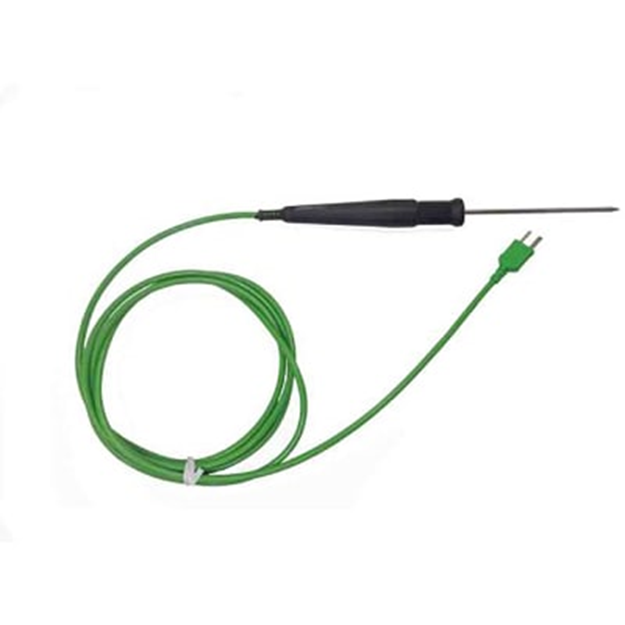Temperature readings are a common part of many industries. Though we tend to think of temperature reading devices like thermometers, temperature probes may actually be more commonplace. They even come in a wide range of types and styles.
When using temperature probes, it is critical that they remain accurate. In order to ensure that accuracy, proper calibration is required from time to time. Let’s learn more about temperature probes and how they can be properly calibrated to ensure accuracy and reliability.
How Temperature Probes Work
Before we get into the calibration process, it helps to know how temperature probes work in the first place. There are a few different types of probes out there, so it can come down to the design and type as well. For the most part, the probe will sense a temperature change in whatever it is making contact with.
The probe senses a change in the characteristic of that environment or object. Using sensing elements, typically made from some kind of metal that will respond to the change in temperature, the probe then makes physical contact and makes a reading. That reading is generated and creates a reading on the digital display.
A Quick Guide to Temperature Probe Calibration
Probe temperature calibration is an important part of probe technology. It is critical to ensure the reliability and accuracy of temperature probes. The process is relatively simple, too. It involves comparing the readings of that probe to what is known as the “known standard”. Adjustments can then be made to ensure proper accuracy as well as consistent measurements. There are two methods of calibration to be aware of:
Bath Calibration. Using this method, the temperature probe is immersed in a temperature bath (or other controlled environment) where the temperature can be kept at a consistent level. The readings from the probe are then compared to the readings from the bath itself. If necessary, the probe can be adjusted so that it matches the readings of the bath to ensure that the range is within tolerance.
Comparison Calibration. Using this method, the temperature probe is compared to what is called the known standard. This is something like a reference thermometer, which has several different temperature readings. Should the probe differ from the reference thermometer, then it can be adjusted until the readings fall within an acceptable range.
Read More: Overcoming Challenges: Tips for Retrofitting Insulation in Older Metal Structures
Temperature Probes as a Better Option Than Thermometers
Though thermometers are quite commonplace, they generally lag behind temperature probes for a variety of reasons. As a matter of fact, there are several reasons why temperature probes are the superior option between the two.
Accuracy and speed, for starters. Temperature probes typically provide a much higher accuracy than your standard thermometer since they measure temperature directly. They also provide much faster readings than your average thermometer. For situations where real-time control and monitoring are necessary, a temperature probe is a must.
There is also repeatability and durability to consider. The reliability of temperature probes is important because they are able to provide consistent readings every time that they are used. For industries where temperature control is crucial, repeatability is important. Durability is another strong point. Temperature probes can hold up to harsh environments better than most of the average temperature reading devices you are going to find.
Finally, there is versatility and even remote monitoring to consider. Temperature probes come in a wide range of forms, making it possible to measure the temperature of gases, liquids, and solids. Depending on the kind of probe you have, they can even be connected to data logging systems and monitoring equipment, providing the chance to consistently monitor that temperature data.
